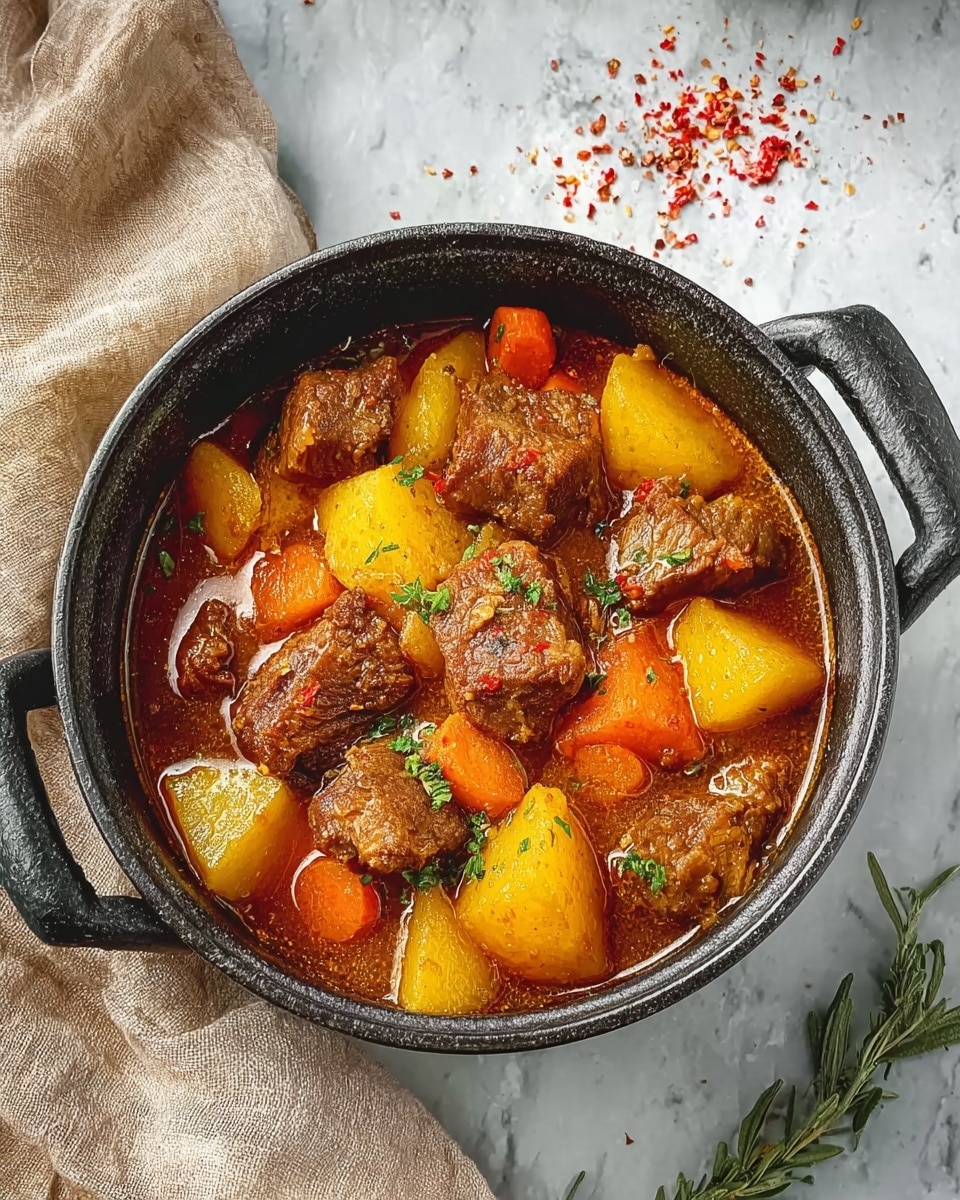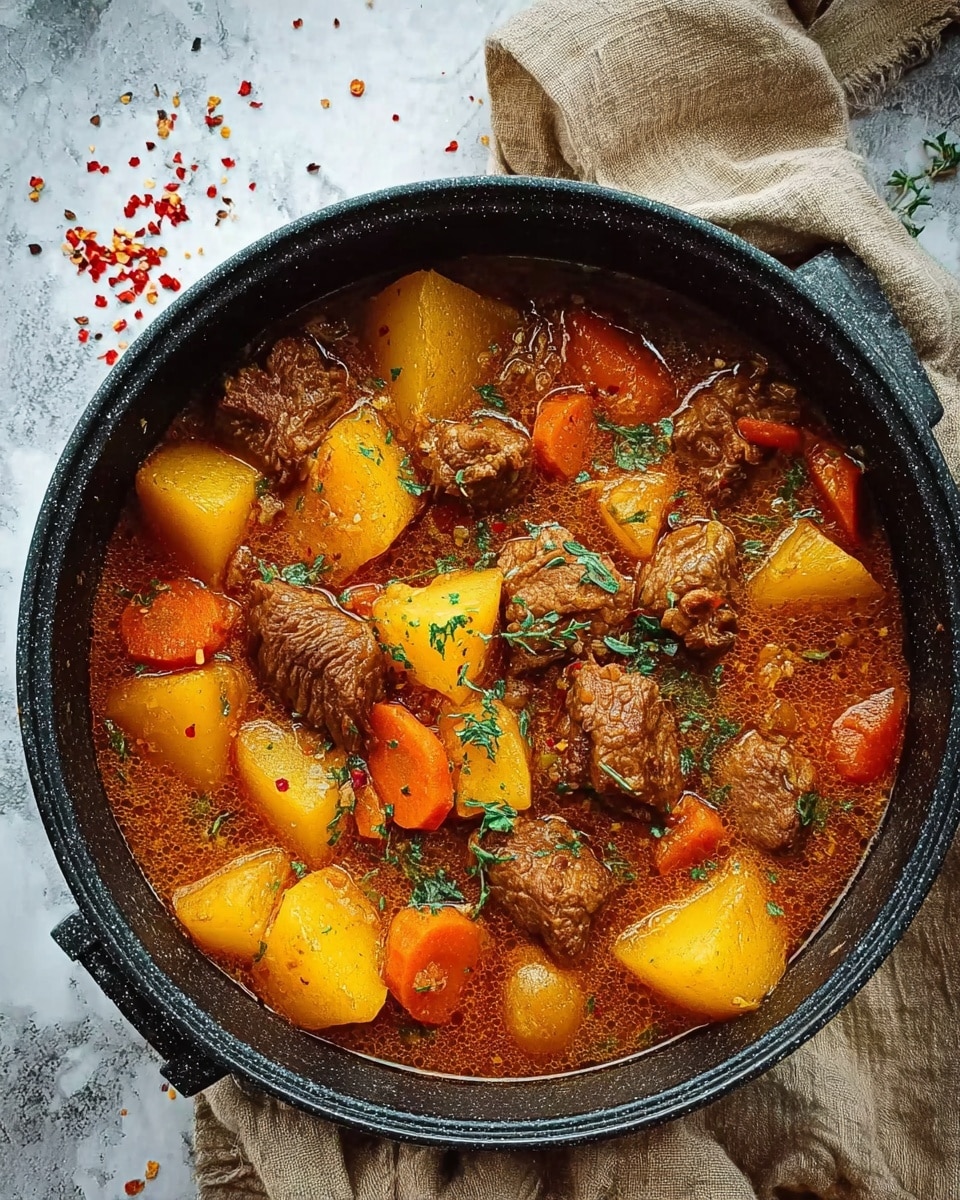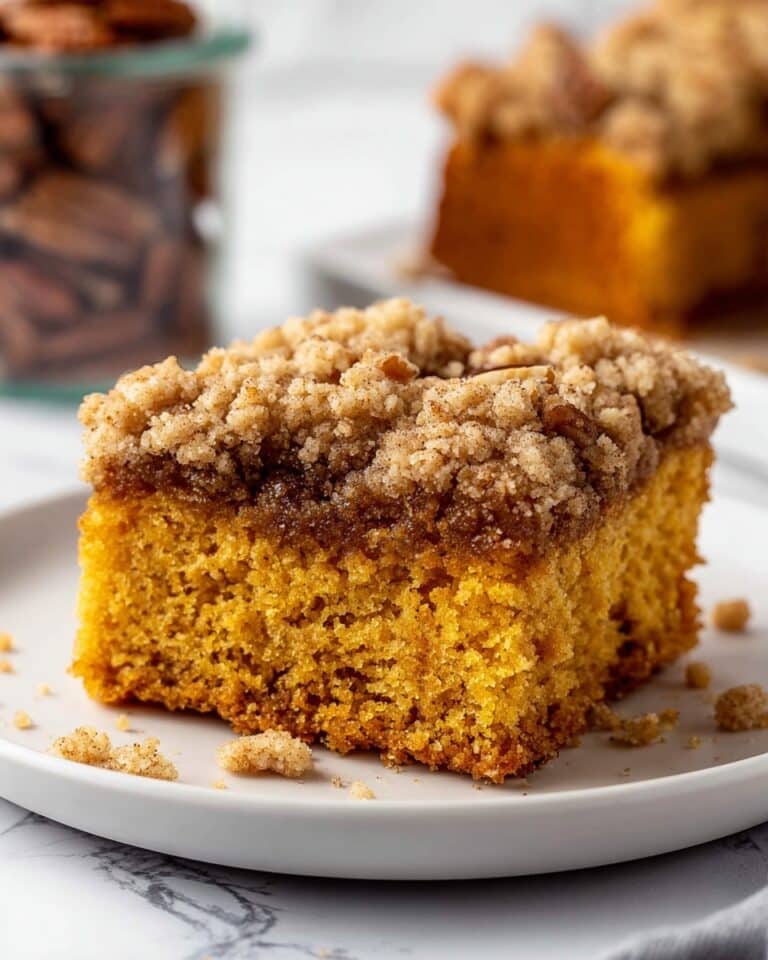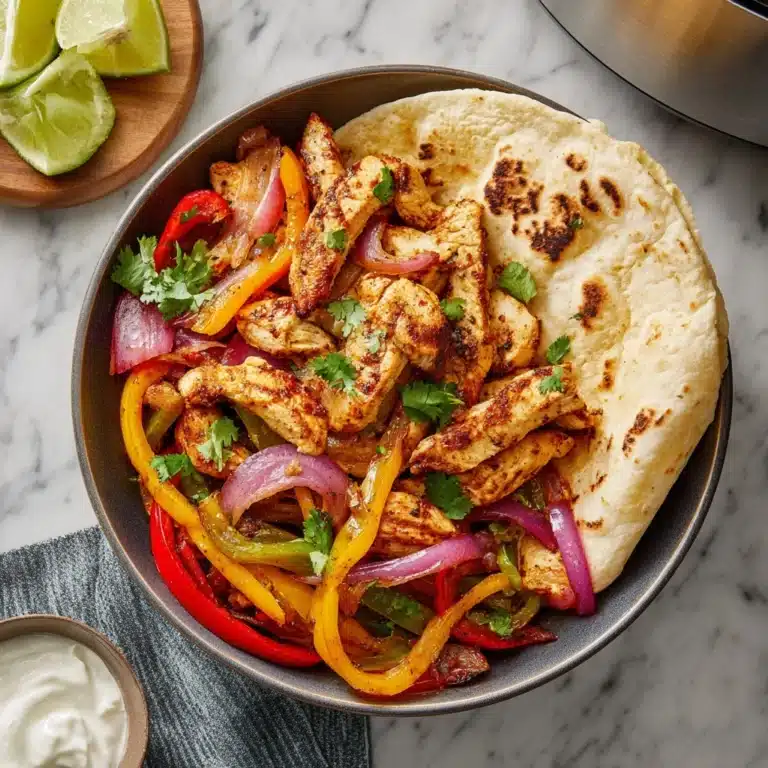If you’ve been craving something that feels like a big, warm hug in a bowl, this Classic Beef Stew Recipe is exactly what you need. It’s a hearty, soul-soothing dish made with tender chunks of beef slow-cooked to perfection alongside vibrant vegetables and a rich, savory broth. This stew sings comfort with every spoonful, combining deep flavors from red wine, herbs, and seared beef into a timeless meal that’s perfect for chilly evenings or whenever you want to treat yourself to a truly satisfying dinner.
Ingredients You’ll Need
The magic of this Classic Beef Stew Recipe lies in its straightforward ingredients. Each one plays an essential role, building layers of flavor while contributing texture, color, and that homey feel you can’t wait to dive into.
- Flour: Helps create a perfect crust on the beef for that irresistible browned flavor.
- Paprika: Adds a subtle smoky depth and vibrant hue to the stew.
- Salt and Black Pepper: Essential seasonings that enhance every ingredient’s natural taste.
- Beef Chuck: The star of the stew—perfectly suited for slow cooking into tender, juicy morsels.
- Olive Oil: Needed for searing the beef and sautéing vegetables, contributing richness without overpowering.
- White Onion: Lends sweetness and aromatic layers that melt beautifully into the broth.
- Green Bell Pepper (or Jalapenos): Offers a fresh crunch or a spicy kick, depending on your mood.
- Celery: Adds a subtle earthiness and aromatic texture that rounds out the veggie mix.
- Garlic: Provides a punch of warmth and depth that underpins the savory notes.
- Tomato Paste: Intensifies the broth with rich umami flavor and luscious thickness.
- Red Wine: Brings acidity and complexity, beautifully balancing the hearty beef.
- Beef Stock: Forms the flavorful liquid base that ties the stew together.
- Worcestershire Sauce: Adds a tangy, savory boost to deepen the stew’s character.
- Italian Seasoning: A blend of herbs that infuse fragrant warmth throughout the dish.
- Bay Leaves: Subtle but essential for that aromatic, layered finish.
- Yellow Potatoes: Soft, fluffy, and perfect for soaking up all the delicious juices.
- Carrots: Sweet, tender bites that bring color and balance.
How to Make Classic Beef Stew Recipe
Step 1: Coat the Beef
Start by whisking together the flour, paprika, salt, and black pepper in a large bowl. Dip each beef chunk into this mix to give it a light coating. This careful step is key because it forms a crust on the meat during searing, locking in juices and building the stew’s signature deep flavor.
Step 2: Sear the Beef Properly
Heat olive oil in your heavy-bottomed pot or Dutch oven. Brown the beef in batches over medium-high heat so each piece gets a nice caramelized surface. Don’t rush this part—it’s where so much flavor comes from. Once browned, set the beef aside on a plate.
Step 3: Sauté the Vegetables
Add more olive oil to the pot, then toss in the onion, green bell pepper, and celery. Cook them gently, stirring occasionally, until they soften and start releasing their natural sweetness. This forms a flavorful vegetable base for your stew.
Step 4: Add Garlic and Tomato Paste
Stir in the chopped garlic and tomato paste, cooking for about one minute. The tomato paste darkens and develops a rich, concentrated flavor that’s essential for that classic stew taste, while the garlic layers in warmth.
Step 5: Deglaze with Wine and Broth
Pour in the red wine and beef stock, along with Worcestershire sauce. Use a wooden spoon to scrape all those tasty browned bits off the bottom of the pot—these little spots pack tons of flavor that will elevate your stew.
Step 6: Combine and Season
Return the seared beef and juices back into the pot. Add the Italian seasoning and bay leaves, stirring to mix everything thoroughly. Make sure the beef is submerged in liquid to allow even cooking and flavor absorption.
Step 7: Slow Simmer the Stew
Bring everything to a boil, then reduce the heat and cover. Let it simmer gently for two hours. This slow braise breaks down the beef fibers, turning the meat fork-tender while letting all those flavors marry beautifully.
Step 8: Add the Vegetables and Finish Cooking
Stir in the potatoes and carrots after the initial simmer. Keep the stew uncovered and let it cook for another hour or until the vegetables are tender and the beef is perfectly soft. If you want it even more tender, go ahead and give it extra time; good stew is worth the patience.
Step 9: Rest and Store
Take the pot off the heat and let the stew cool. For the best results, refrigerate it overnight—this resting period lets the flavors deepen and blend into a richer, more harmonious taste. When you’re ready, simply reheat and enjoy your masterpiece.
How to Serve Classic Beef Stew Recipe
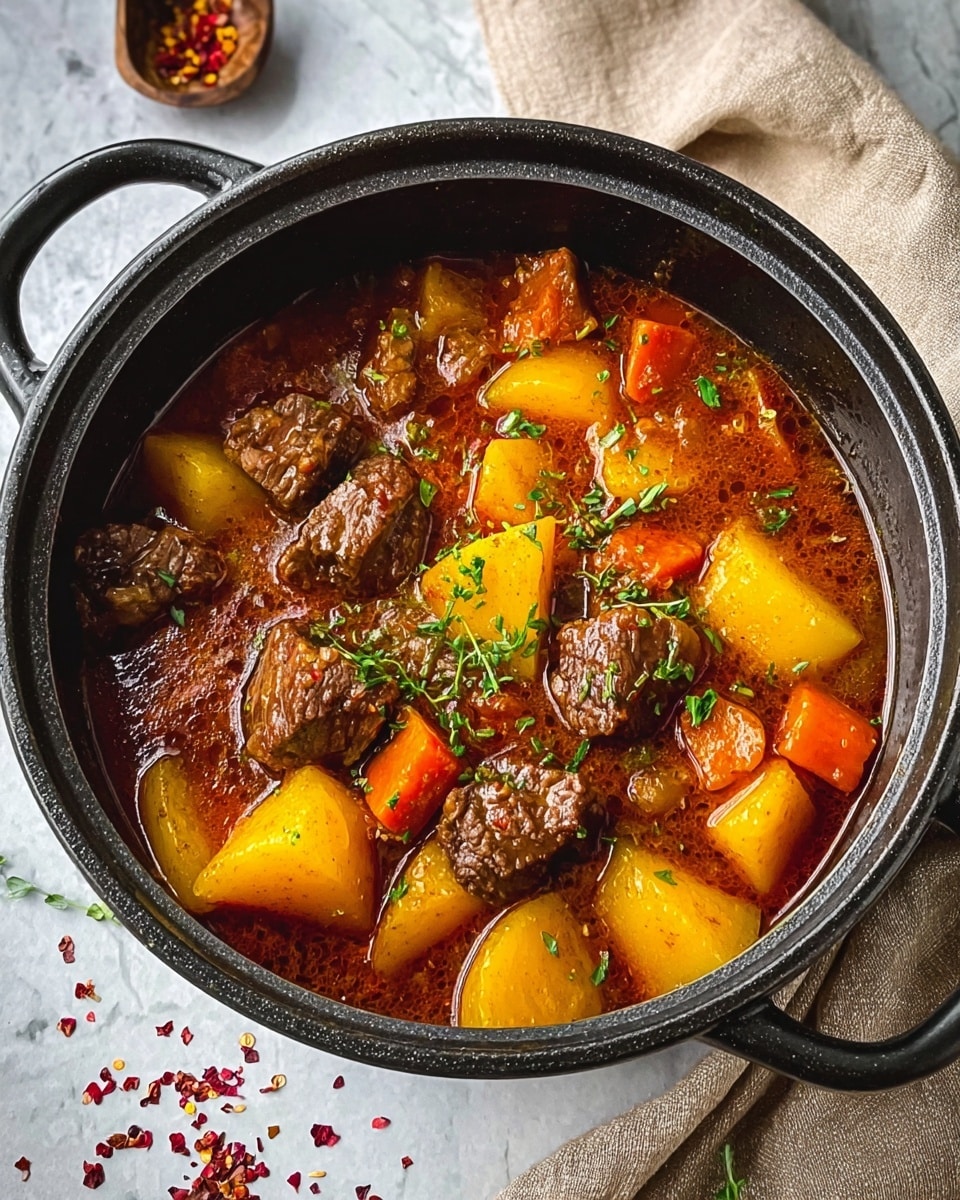
Garnishes
Fresh herbs like chopped parsley or thyme brighten up the stew’s rich profile beautifully. A sprinkle of cracked black pepper or a dollop of sour cream can also add a lovely finishing touch, lending freshness and creaminess that balance the hearty flavors.
Side Dishes
This Classic Beef Stew Recipe pairs wonderfully with crusty bread for soaking up every last bit of the luscious broth. Mashed potatoes or buttered egg noodles are also excellent companions that make the meal even more comforting and satisfying.
Creative Ways to Present
For a fun twist, serve the stew in individual mini cast iron pots or hollowed-out bread bowls. You might also top it with a sprinkle of crispy fried onions or shredded cheese for an extra indulgent layer that will wow your family and guests alike.
Make Ahead and Storage
Storing Leftovers
Keep your leftover stew in an airtight container in the refrigerator. It stays delicious for up to four days, making it an ideal comfort meal to enjoy again later in the week without any hassle.
Freezing
This Classic Beef Stew Recipe freezes beautifully. Just portion it into freezer-safe containers and it will keep for up to three months. When you need a hearty meal fast, just thaw and reheat for a comforting dinner anytime.
Reheating
Reheat gently on the stove over medium-low heat, stirring occasionally until warmed through. Adding a splash of broth or water can help loosen the stew if it thickened too much in the fridge or freezer. Avoid microwaving if possible for the best texture.
FAQs
Can I use a different cut of beef for this stew?
Absolutely! While beef chuck is ideal because it becomes tender and flavorful during slow cooking, you can also use brisket or even short ribs. Just adjust the cooking time accordingly to get that melt-in-your-mouth tenderness.
What can I substitute for red wine in the stew?
If you prefer to skip alcohol, beef stock or a mixture of beef broth and a splash of balsamic vinegar works well. It maintains the acidity and depth of flavor without changing the dish’s character too much.
How spicy is this Classic Beef Stew Recipe?
The base recipe is mild and comforting. If you like it spicier, swap the green bell pepper for jalapenos or add a pinch of red pepper flakes when sautéing the veggies. It’s an easy way to tailor the heat to your taste.
Can I make this stew in a slow cooker?
Yes! After searing the beef and sautéing veggies, you can transfer everything to a slow cooker. Cook on low for 8 hours or high for 4-5 hours, adding the potatoes and carrots halfway through. The slow cooker will still yield tender, flavorful results.
What is the best way to thicken the stew if it’s too watery?
If your stew is thinner than you like, mix a tablespoon of flour or cornstarch with cold water to create a slurry, then stir it into the simmering stew. Cook for a few more minutes until it thickens to your desired consistency.
Final Thoughts
This Classic Beef Stew Recipe is more than just a meal; it’s a celebration of simple ingredients transformed into something truly special. Whether you’re cooking for family, friends, or enjoying a cozy night in, it promises comforting flavors and satisfying heartiness with every spoonful. Give it a try—you’ll quickly find it becoming a beloved go-to recipe in your kitchen.
Print
Classic Beef Stew Recipe
- Prep Time: 15 minutes
- Cook Time: 3 hours 15 minutes
- Total Time: 3 hours 30 minutes
- Yield: 6 servings
- Category: Main Course
- Method: Stovetop
- Cuisine: American
Description
This Classic Beef Stew recipe features tender chunks of beef chuck simmered slowly with aromatic vegetables, red wine, and savory herbs to create a rich, comforting dish perfect for cozy dinners. The beef is first coated in a seasoned flour mixture and seared to develop a flavorful crust before being braised for hours until fork-tender. Potatoes and carrots are added toward the end to absorb the hearty flavors, resulting in a deliciously thick, wholesome stew that’s ideal for meal prep and family gatherings.
Ingredients
Beef and Coating
- 1/4 cup flour
- 1 tablespoon paprika
- 1 teaspoon salt (or to taste)
- 1 teaspoon black pepper
- 3 pounds beef chuck, cut into 1.5 inch chunks
Vegetables
- 1 large white onion, chopped
- 1 green bell pepper, chopped (or jalapenos for a spicier version)
- 1 stalk celery, chopped
- 5 garlic cloves, chopped
- 1 pound yellow potatoes, cut into bite-sized pieces
- 3 large carrots, cut into bite-sized pieces
Liquids and Seasonings
- 4 tablespoons olive oil, divided
- 3 tablespoons tomato paste
- 2 cups red wine (such as Cabernet Sauvignon; beef stock may be substituted)
- 2 cups beef stock
- 1 tablespoon Worcestershire sauce
- 1 tablespoon Italian seasoning (your favorite dried herb blend)
- 2 bay leaves
Instructions
- Coat the Beef: In a large bowl, mix together the flour, paprika, salt, and pepper. Dip each chunk of beef into the mixture, lightly coating all sides to help the beef brown beautifully and develop a flavorful crust.
- Sear the Beef: Heat 1 tablespoon of olive oil in a Dutch oven or large heavy-bottomed pot over medium-high heat. Working in 3 batches, sear the beef chunks on all sides until browned, about 5 minutes for each batch. Transfer each batch to a plate as you go, adding 1 tablespoon of oil to the pot before starting the next batch to prevent sticking and ensure even browning.
- Sauté Vegetables: Add the remaining tablespoon of olive oil to the empty pot. Add the chopped onion, green bell pepper, and celery. Cook, stirring occasionally, for about 5 minutes until the vegetables begin to soften and develop fragrance.
- Add Garlic and Tomato Paste: Stir in the chopped garlic and tomato paste. Cook, stirring constantly, for about 1 minute until the tomato paste darkens slightly and everything is well blended.
- Deglaze with Liquids: Pour in the red wine, beef stock, and Worcestershire sauce. Use a wooden spoon to scrape up any browned bits stuck to the bottom of the pot—the flavorful foundation of the stew.
- Combine Ingredients: Return the browned beef and any accumulated juices back to the pot. Add the Italian seasoning and bay leaves. Stir everything together, ensuring the beef is submerged in the liquid.
- Simmer: Bring the mixture to a boil, then reduce the heat and cover. Simmer gently for 2 hours. This long, slow braise will tenderize the meat and incorporate all of the flavors.
- Add Vegetables: After 2 hours, remove the lid and add in the potatoes and carrots. Continue to simmer, uncovered, for 1 additional hour. The stew is ready when the vegetables are cooked through and the beef is fork-tender. If the meat needs more time to soften, simmer a bit longer until desired tenderness is reached.
- Cool and Serve: Remove the stew from the heat. For best results, allow the stew to cool, then refrigerate overnight—the flavors will meld and deepen. When ready to serve, simply reheat on the stovetop over a gentle flame and enjoy hot.
Notes
- For a spicier stew, substitute the green bell pepper with jalapenos.
- If you prefer not to use alcohol, replace red wine with additional beef stock.
- Allowing the stew to rest overnight in the refrigerator enhances the flavors significantly.
- Make sure to brown the beef in batches to avoid crowding the pan, which ensures a better sear.
- Adjust salt and pepper to taste at the end of cooking if needed.
- You can thicken the stew further by mixing a tablespoon of flour or cornstarch with cold water and stirring it in during the last 10 minutes of cooking.

